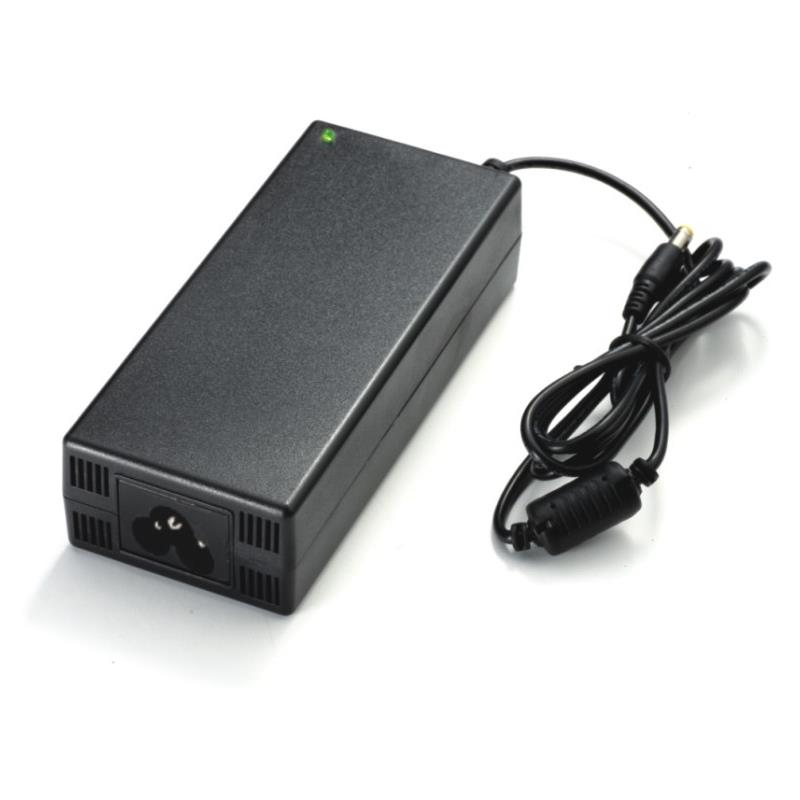GVE Power has reinvented itself as the one-stop solution for supplying power adapters and power supply units. As they are necessary components for powering up electronic devices, it is a given that you want to invest in high-quality equipment. However, very little is known about the power management feature of these devices. As power can be supplied in different means, having background information on power supply connections will help you make the right purchases. The various power supply inputs include:
- AC Input Power Supply
Ac to dc converter power supply works by accepting
the delivered utility power input. The power is then rectified and filtered to
the specifications a manufacturer has chosen. These specifications can vary to
volts of less than 1 to 1000 volts. A regulator circuit is then applied that
provides a stable dc output. As expected, the power management system can employ
a liner or a switch power mode for easier operation for the DC.
- DC Input Power Supply
Variable dc power supply
units
are available in the market. These include the 48v, 24v, 12v, and 5v. The dc
input accepts dc input voltage and produces a dc output voltage. The main advantage
of this aspect is it can supply thousands of volts. This results in the input
being used to juice power hungry devices. Since it can provide massive volts amounts, it can only employ a switch mode power supply
means.
- Battery Input
Power Supply
For easier portability of tools, a
battery-powered supply input is necessary. Usually, the power management
function of a battery powered device is integrated with the rest of the system.
Though the ac
to dc power supply adapter is mostly
similar to an ac input supply, the prongs are primarily different in how it’s made
to power and recharge a supply unit. The system includes an ac adapter that power from
an ac wall and connects to the device via a dc output voltage system.

- Ultralow Voltage Input Power Supply (Energy
Harvesting)
Though a battery powered supply input can be
used to store power, the method usually loses power with time. Energy
harvesting is designed to power or charge replacement and supplementing
batteries. The power converter works with an ultra-low voltage input that enables
energy harvesting. The technique allows for accumulation and storing of power
at regular intervals. For this reason, ultralow voltage input power supply is
mainly used in thermal energy, wind, kinetic and solar power equipment.
- Linear Vs. Switch-Mode Power Supplies
Finally, to get that 24v or 12-volt power supply
to
work; the linear or switch mode power management subsystem can be applied. For
devices that usually require current to pass through, the linear power
subsystem is utilized as it always conducts current. The switch mode delivers
power supply by a dc switch signal that produces dc output and can be powered off.
The main difference is the two is the
configurations, size, weight and power handling capabilities of the two systems.
- Conclusion
Overall, considering various power supply input allows you to have background information on how your devices are powered up. As a result, it will enable you to make better-informed choices on the various power supply adapters provided at GVE. Due to this, you can find the most suitable power adapters, and units for your devices hence save money.


